House Siding Options: Prioritizing Moisture Management Within Your Home
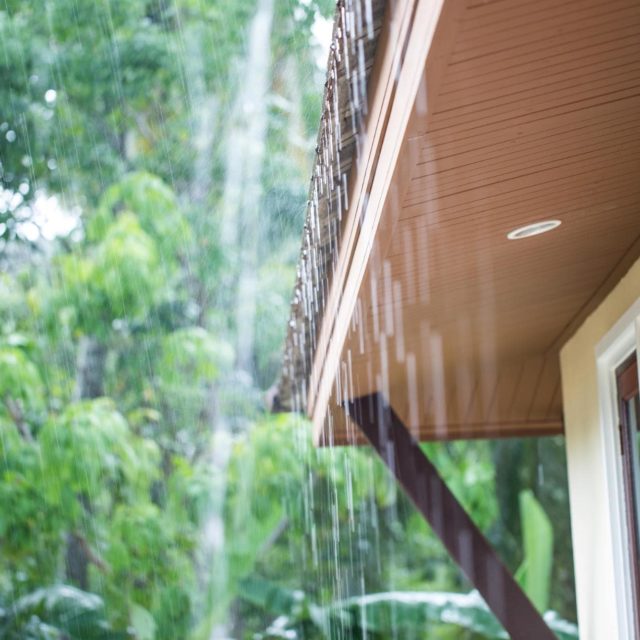
- Written by: jlbmdev

Choosing the right house siding options for your home is an exciting and daunting process. On one hand, it’s enjoyable to see your house get a bit of a cosmetic makeover. On the other hand, it can feel similar to buying a new car, as having so many options may start to feel more like a curse than a blessing.
It isn’t just about which aesthetic you’re going to prefer when you pull into the driveway after a long day, though. Thinking about moisture management and preventing damage from the elements is equally as important. With all of that in mind, let’s explore the best house siding options for moisture management and keeping your home structurally sound for years to come.
The first thing we want to cover is the different house siding options available to homeowners, what makes them unique, and which one might be right for you.
Pine and cedar are popular wood siding options that look great and will stand the test of time. With natural durability and dateless design, wood siding is a great choice for homeowners looking to merge style and sustainability. Popular cedar types include:
Pine is a bit more popular amongst the budget-conscious, but it doesn’t resist rot and repel insects as well as cedar.
From a moisture management perspective, wood is more prone to absorbing and retaining moisture. The natural surfactants in these products can impact the long-term performance of your weatherization systems as well. To help prevent this, make sure you’re purchasing quality materials treated with a moisture-resistant finish.
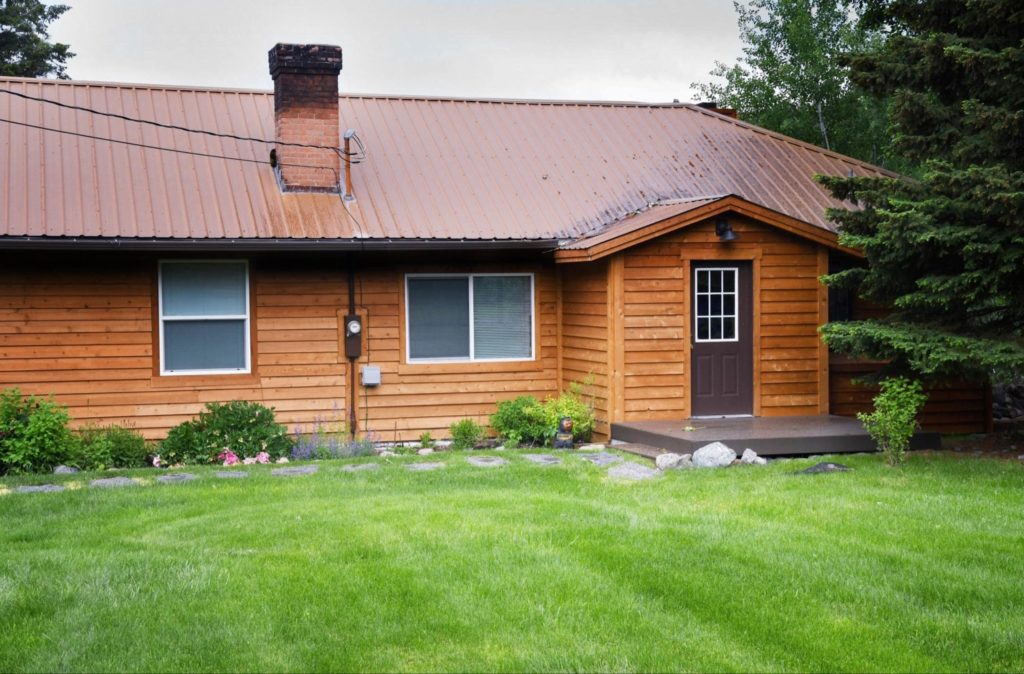
If you’re a fan of wood siding but are partial to shingles, this is a great option for you. Offering the sustainability of cedar and the aesthetic beauty of wood siding, wood shingles do the job of protecting your home from harsh weather just like standard wood siding.

If you love the look of wood but aren’t keen on the high prices of cedar and the low durability of pine, modified wood (also known as engineered wood) may be the right choice for you. By blending natural beauty with engineered performance, engineered wood is constructed from multiple layers of wood strands that have been reformed using heat, waxes and resins, and pressure to create more stability. Modified wood can be placed over the top of existing wood panels, cutting out the tedious process of exterior sheathing.
The great thing about modified wood is its highly water-resistant siding, as the boards’ density makes them almost waterproof. Modified wood also requires no surface treatments and minimum cleaning.
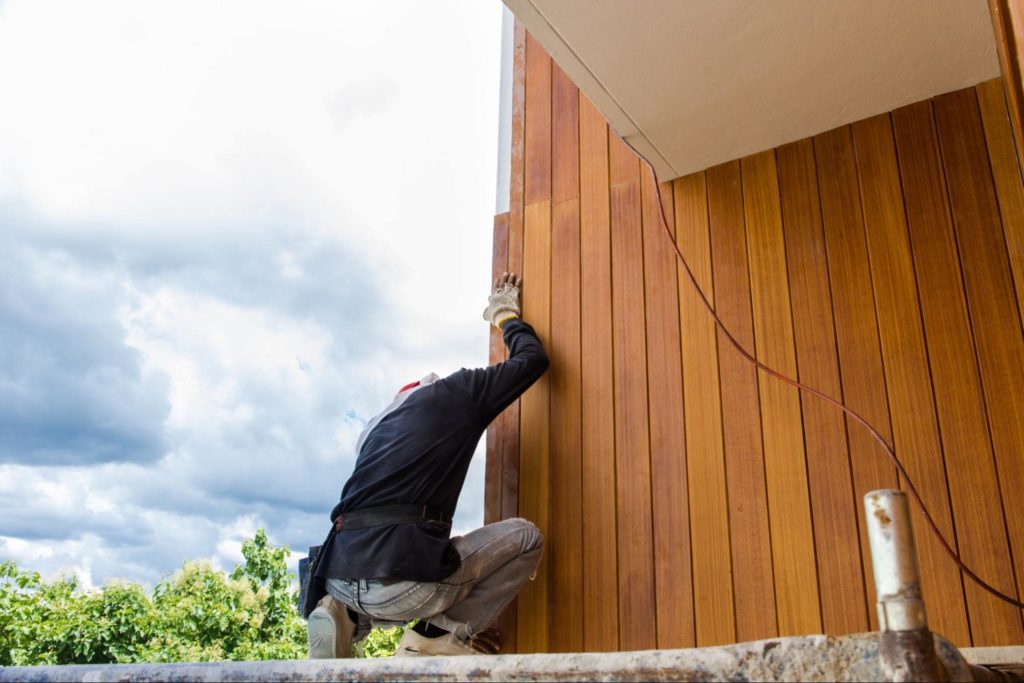
Fiber cement siding, so long as it has a properly installed drainage plane behind it, is another good option for homeowners who are drawn to the benefits of house siding options like cement (like a low carbon footprint and resilience) but are worried about it retaining moisture.

While actually made from Portland cement, stone veneer siding is a great choice if you’re looking to upgrade the exterior of your home. This is typically used on the lower half of main level walls and requires little maintenance. A great way to spruce up drab concrete, stone veneer siding can adhere directly to concrete and wood-frame walls provided the frame wall’s exterior sheathing is covered with a moisture barrier.
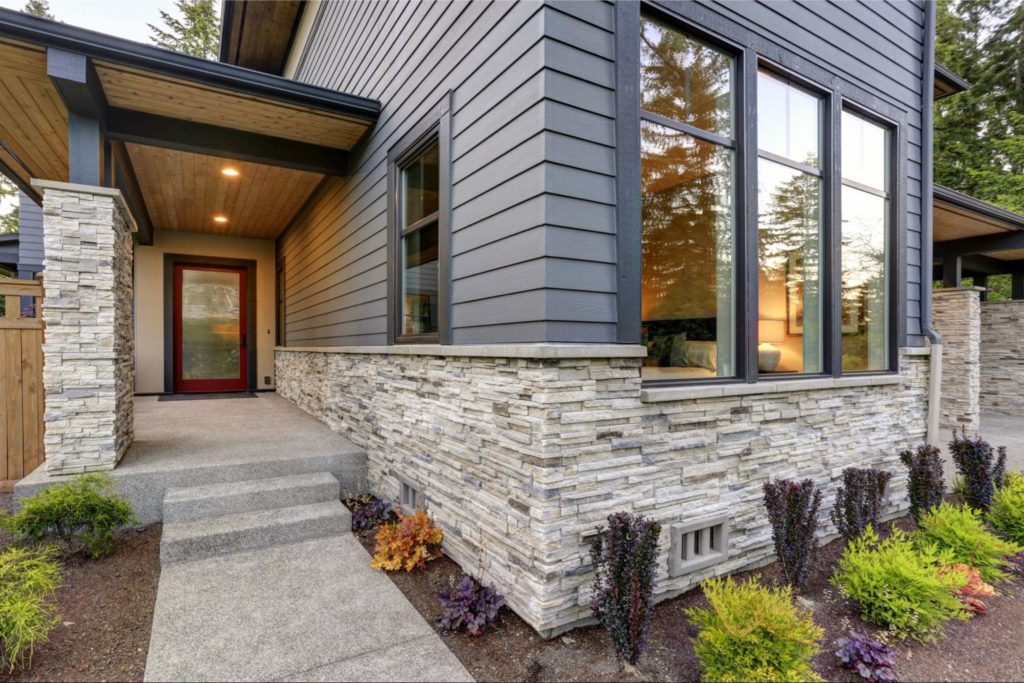
Vinyl siding is extremely popular for its durability and cost-effectiveness. The quintessential choice for almost all budgets, it’s the most popular siding in North America. Vinyl siding is made of polyvinyl chloride, is essentially waterproof, and easily sheds rain. One thing to be aware of here is that vinyl siding can crack and warp a bit easier than other materials, allowing rain and moisture to become trapped.
However, vinyl is highly durable and if you don’t live in a region with high heat and consistent heavy rains, it should suit you just fine.

It’s difficult to pinpoint exactly which types of house siding are the best across the board for moisture management. For most people, vinyl siding is probably the best because of its durability and cost-effective nature. Western red cedar is cited as one of the best wood siding options for those living in damp climates.
For people living in hurricane zones, architects often recommend fiber cement siding. However, this doesn’t apply to most homeowners.
Regardless of your siding preference, the barriers between your home’s exterior siding and its sheathing are just as important. Ensuring the part of your house you can’t see (like the barrier between your home’s siding and sheathing) is water-resistant and moisture-proof is one of the most secure ways to protect your house from water damage.
Known for dependability and reliability in wall systems, products like Jumbo Tex®, WeatherSmart®, and Blueskin®, all by Henry® Products, provide an effective weather-resistive barrier behind most exterior claddings.

The main thing to prioritize is purchasing from quality builders that offer high-quality system-based solutions. If you do that, you have the freedom to choose house siding options that are more dependent upon your taste, budget, and preference, as you know what you’re getting will ultimately stand the test of time (and weather).
Water damage is notorious for showing up in places you wouldn’t expect. The last thing you want to do when purchasing quality house siding is to wind up with a team of contractors neglecting proper installation techniques. A contractor skilled at installing siding will pay attention to the following:
While traditional polymeric wraps can get the job done, homeowners who are intent on maximizing their moisture management may consider something like the Blueskin® VP100, a Self-Adhered Water Resistive Air Barrier Membrane by Henry® Products.
One of the standout features with a high-quality air barrier like the Blueskin® VP100 is the improved thermal performance, which means reduced energy costs and increased savings on the part of the homeowner.
Does water get behind siding? The answer depends somewhat on the construction of your home. If you live in a home constructed before applying moisture barriers under siding was common practice, then you’ll need to be a little more careful. Here are a few helpful telltale signs your house is experiencing the effects of moisture in your home’s exterior walls, along with what to do about it.
This is probably the most obvious one, but it’s still something that can go overlooked if you’re not exactly prepped on what to look for. Stains, slight color alterations in the walls, and of course, wet spots are signs of moisture trapped beneath the siding and that water damage is taking place. One of the easiest and most common ways of spotting moisture in a wall is to look for stains at the bottom corners of windows.
When inspecting your home, be sure to check the corners of your ceilings and walls to catch any water damage early on. Taking preemptive measures like this will save you money and time in the long run.
While a bit more challenging to spot, unexplained humidity in your home could result from trapped water and moisture. Often, the culprit in this circumstance is a nearby leak. We recommend checking counters, walls, and ceilings.
Finding a little mold on your shower curtain is as simple as cleaning it and making sure you’re using the bathroom ventilation system. But if you’re finding a mold problem in your house, there’s more than just the structural stability of your home at risk.
Mold is usually an indication that excess moisture is building up between your siding and your home’s structure or that a water leak has occurred, causing moisture to be trapped in your home. To deal with this, you’ll want to reach out to a professional.
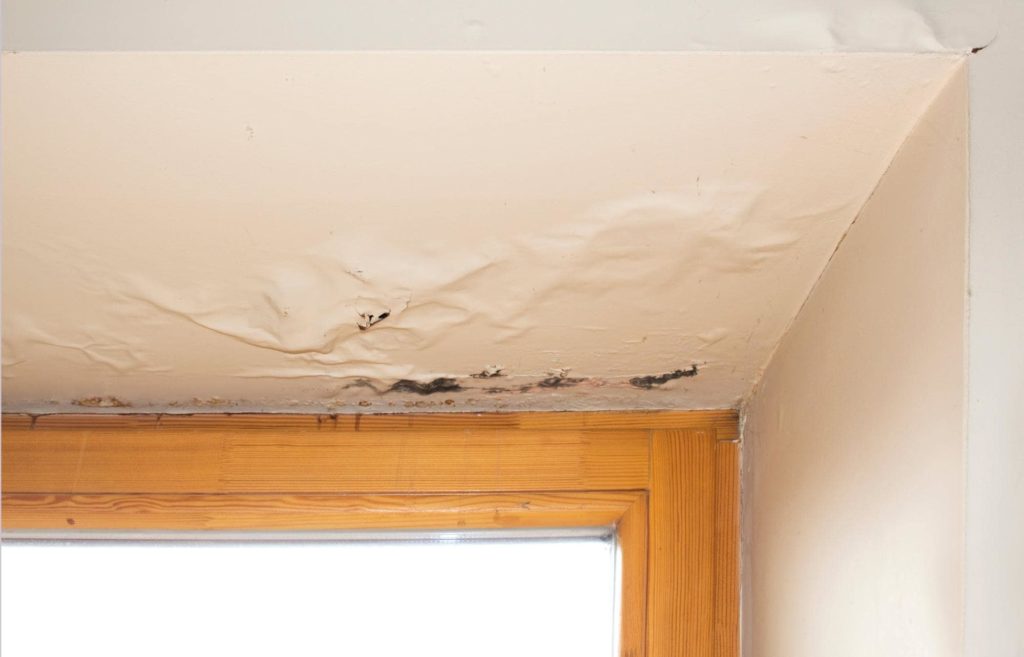
If you’ve found signs of water damage in your home, don’t stress about it too much. Often, it’s not the entirety of your siding that will need to be replaced. This is all the more reason to make sure the professionals you’re partnering with are competent and can accurately assess exactly what you need.
It’s also a good idea to use the inconvenience of getting new siding as an opportunity to protect your home for years to come. While minor damage like a single rotted cupboard can be replaced by the homeowner, extensive damage should be left up to a team of professionals that can get the job done right and for the long haul.
As we touched on previously, finding the right siding for your home and your needs is as important as proper installation. Along with that, you may want to consider the products used during installation to ensure moisture doesn’t make its way into the exterior walls of your home.
There are a lot of waterproofing systems and products to choose from, including rubberized asphalt, sheet-applied membranes, damp proofing, waterstops, and more. Henry® Products is an excellent option for those looking for a variety of waterproofing products. While you shouldn’t feel like you need to worry your house will flood or suffer severe water damage every time it rains, it’s a good idea to make sure you’re doing your due diligence at the outset to protect it.